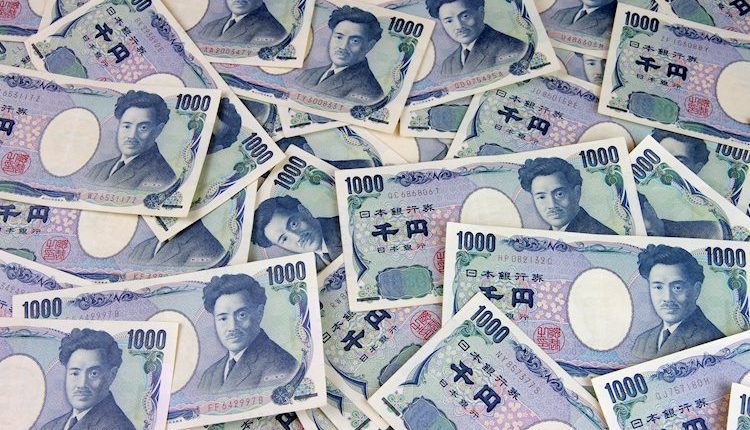- USD/JPY gathers strength to near 157.30 in Thursday’s Asian session.
- The bets on fewer cuts by the Fed this year support the USD.
- BoJ’s Ueda expected further progress in hitting the price target this year.
The USD/JPY pair gains ground to around 157.30 during the early Asian trading hours on Thursday. The anticipation of the US interest rates staying higher for longer lifts the US dollar (USD) against the Japanese Yen (JPY). Markets in Japan are closed for the rest of the week. On Friday, the US S&P Global Manufacturing PMI for December will be closely watched.
The US Dollar Index (DXY), which measures the value of the USD against its six major peers, currently trades near 108.36. Traders continue to digest the Federal Reserve’s (Fed) hawkish rate cut by a quarter point at the December meeting. Analysts expect that some of Trump’s policy proposals, including tariffs, could lead to higher inflation. Fed Chair Jerome Powell stated that it’s too early to predict that, highlighting the central bank to be cautious about further cuts in interest rates. A wide interest rate difference between the US and Japan acts as a tailwind for the pair in the near term.
The Bank of Japan (BOJ) Governor Kazuo Ueda said last week that the central bank expects the Japanese economy to move closer to sustainably achieving the 2% inflation target this year. The BOJ will release its quarterly report on regional economic conditions next week, which will most likely include a view of whether wage hikes are spreading countrywide. This report could offer some hints about the BoJ’s next policy decision on January 24.
Meanwhile, the verbal intervention by the Japanese authorities might help limit the JPY’s losses. Japan’s Finance Minister Katsunobu Kato noted on Friday that the official will take suitable measures against excessive foreign exchange movements.
Japanese Yen FAQs
The Japanese Yen (JPY) is one of the world’s most traded currencies. Its value is broadly determined by the performance of the Japanese economy, but more specifically by the Bank of Japan’s policy, the differential between Japanese and US bond yields, or risk sentiment among traders, among other factors.
One of the Bank of Japan’s mandates is currency control, so its moves are key for the Yen. The BoJ has directly intervened in currency markets sometimes, generally to lower the value of the Yen, although it refrains from doing it often due to political concerns of its main trading partners. The BoJ ultra-loose monetary policy between 2013 and 2024 caused the Yen to depreciate against its main currency peers due to an increasing policy divergence between the Bank of Japan and other main central banks. More recently, the gradually unwinding of this ultra-loose policy has given some support to the Yen.
Over the last decade, the BoJ’s stance of sticking to ultra-loose monetary policy has led to a widening policy divergence with other central banks, particularly with the US Federal Reserve. This supported a widening of the differential between the 10-year US and Japanese bonds, which favored the US Dollar against the Japanese Yen. The BoJ decision in 2024 to gradually abandon the ultra-loose policy, coupled with interest-rate cuts in other major central banks, is narrowing this differential.
The Japanese Yen is often seen as a safe-haven investment. This means that in times of market stress, investors are more likely to put their money in the Japanese currency due to its supposed reliability and stability. Turbulent times are likely to strengthen the Yen’s value against other currencies seen as more risky to invest in.
Read the full article here

